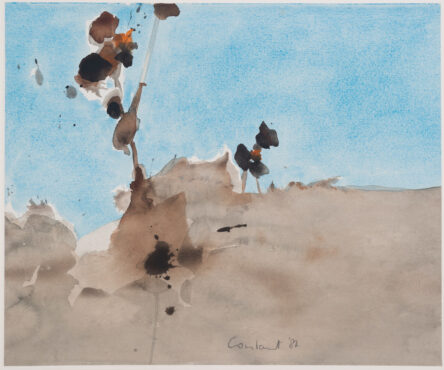
Paysage
watercolor
1982
44 x 53 cm
Price on request
Amsterdam, 1920 - Amsterdam, 2005
Constant Anton Nieuwenhuijs trained successively at the Kunstnijverheidsschool and Amsterdam’s prestigious Rijksacademie from 1939 to 1942. In 1946 he met Asger Jorn in Paris. Around this time his paintings started to feature fantastic beasts and aggressive, frightening animal and human figures. Constant mounted his first solo exhibition in Amsterdam in 1947. In the following year he helped found the Dutch Experimental Group and subsequently CoBrA.
Together with Christian Dotremont, Constant was CoBrA’s leading theoretician. As co-founder of the Experimental Group he had authored the manifesto the group published in the first issue of its newsletter ‘Reflex’. In the countless manifestos and articles he wrote for CoBrA he examined the social role of the artist, calling for the liberation of creativity and imagination in the service of a culture constantly renewing itself.
In the art works that he produced during his CoBrA years we see the same sort of figures derived from children’s drawings as in Appel, executed in rough lines and deliberately clumsy forms.
In 1950 Constant settled in Paris, where he met Stephen Gilbert. During this time he produced his ‘war paintings’, which take as their subject the remains of a destroyed world wherein helpless people stretch out their hands to heaven. It was in the late Fifties that Constant developed his ideas about the ideal city, ‘New Babylon’, in which people freed from work –homo ludens –would be able to develop their creative abilities. Constant took part in the 1956 conference Mouvement pour un Bauhaus Imaginiste’ organised by Jorn, and in the following year he became one of the founders of the “Situationist International.”
From the Seventies onwards Constant increasingly concentrated on painting, water colours and drawings. The work of the Old Masters was an important source of inspiration. Constant died in 2005 and is remembered as one of the Netherlands’ best post-war artists.
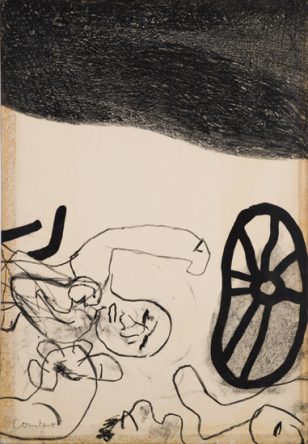
lithograph
1951
40 x 29 cm
Edition 50
Price on request
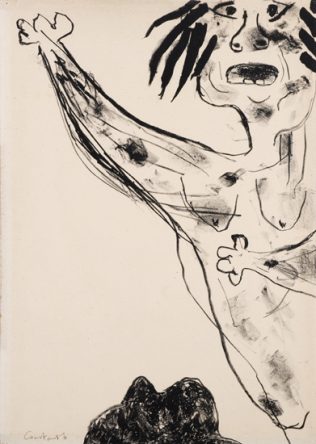
lithograph
1951
40 x 29 cm
Edition 50
Price on request
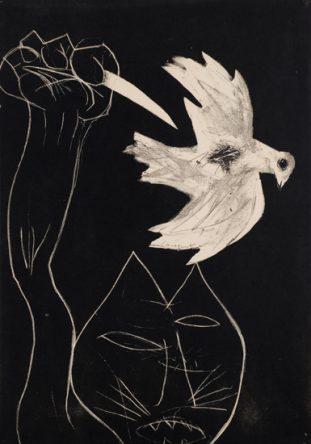
lithograph
1951
40 x 29 cm
Edition 50
Price on request
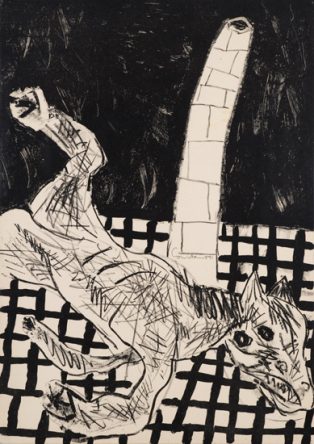
lithograph
1951
40 x 29 cm
Edition 50
Price on request
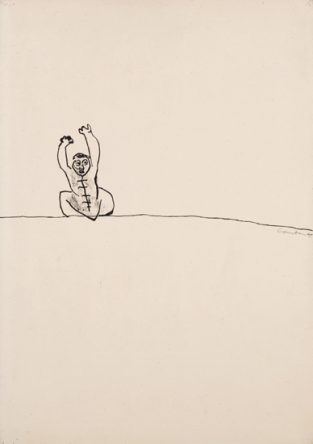
lithograph
1951
40 x 29 cm
Edition 50
Price on request
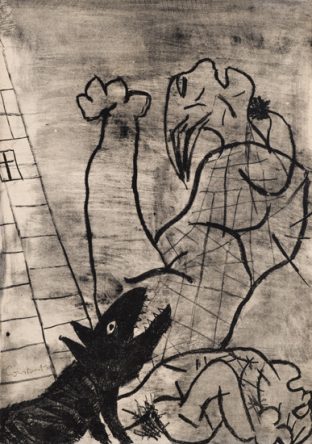
lithograph
1951
40 x 29 cm
Edition 50
Price on request
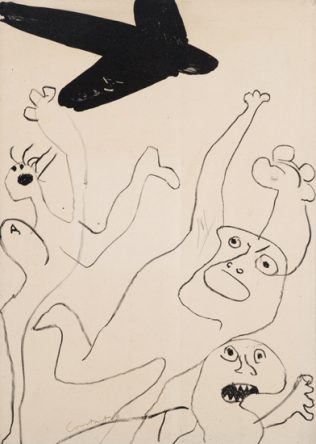
lithograph
1951
40 x 29 cm
Edition 50
Price on request
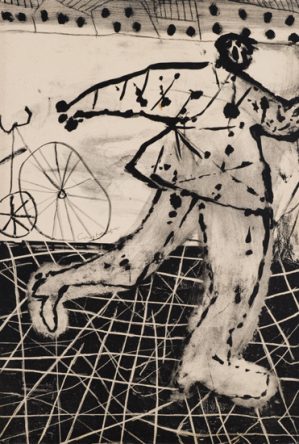
lithograph
1951
40 x 29 cm
Edition 50
Price on request
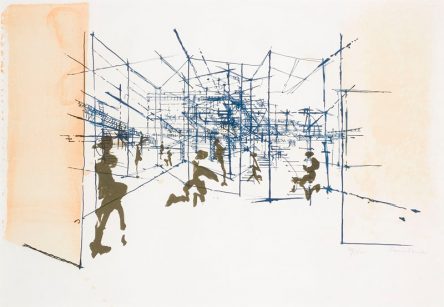
lithograph
1968
50 x 72 cm
Edition 60
Price on request
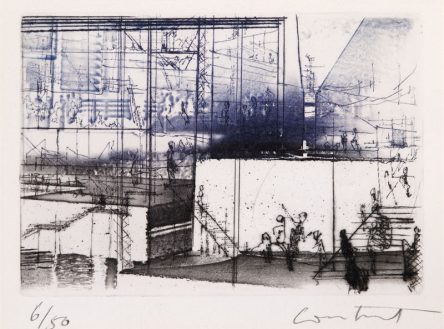
dry point needle, etching
1970
13 x 19 cm
Edition 50
Price on request
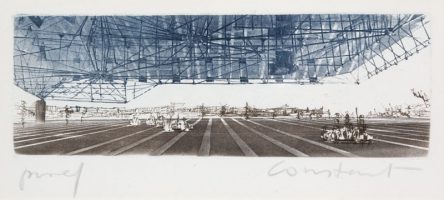
dry point needle, etching
1970
6 x 16 cm
Edition 50
Price on request
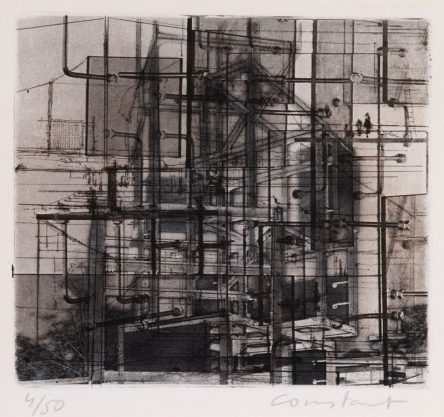
dry point needle
1970
15 x 14 cm
Edition 50
Price on request
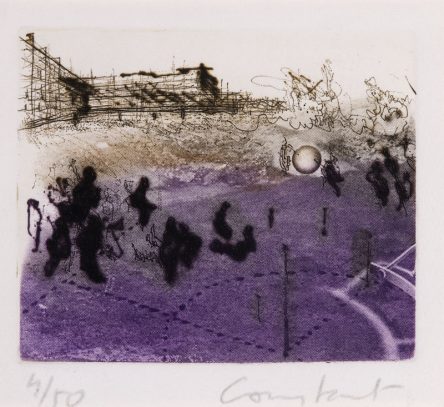
dry point needle, etching
1970
7 x 9 cm
Edition 50
Price on request
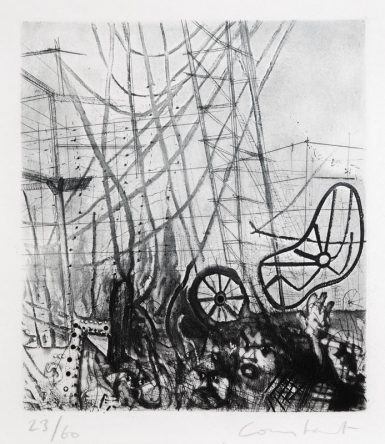
etching
1970
21 x 19 cm
Edition 60
Price on request
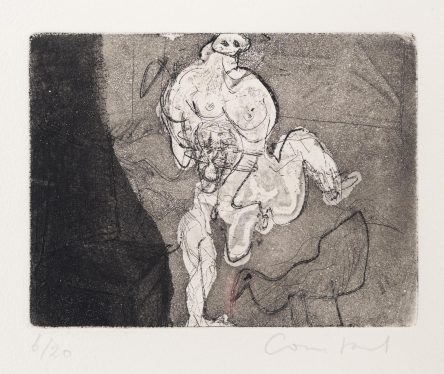
aquatint, etching
1971
10 x 13 cm
Edition 20
Price on request
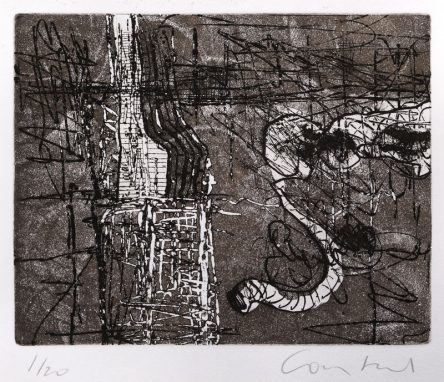
etching
1971
16 x 19 cm
Edition 20
Price on request
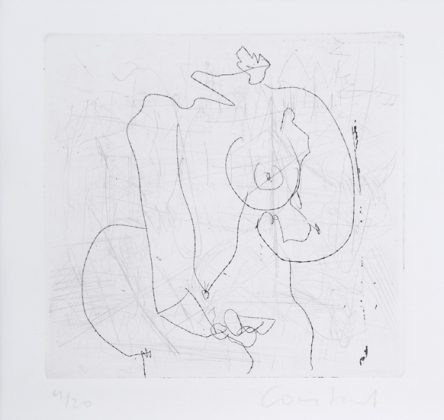
etching
1971
14 x 13 cm
Edition 20
Price on request
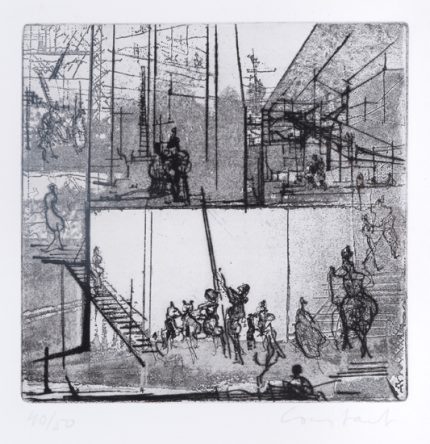
dry point needle, etching
1972
17 x 16 cm
Edition 50
Price on request
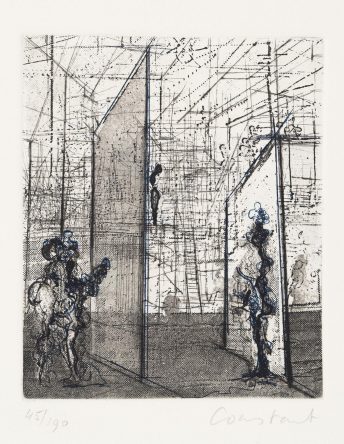
etching
1972
56 x 40 cm
Edition 190
Price on request
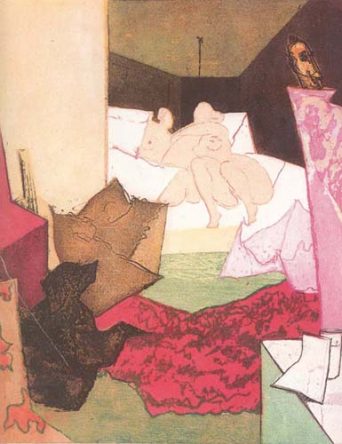
etching
1979
47 x 37 cm
Edition 99
Price on request
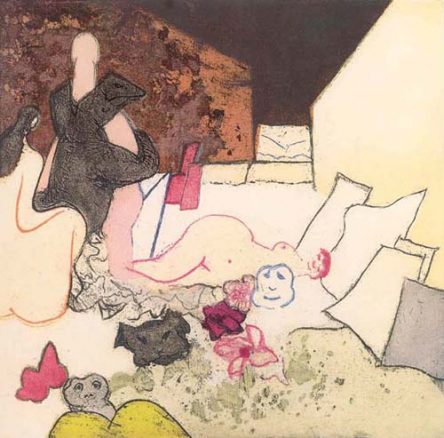
etching
1979
42 x 43 cm
Edition 99
Price on request
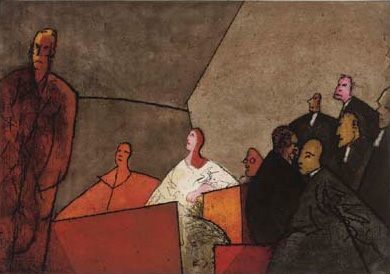
etching
1979
38 x 54 cm
Edition 99
Price on request
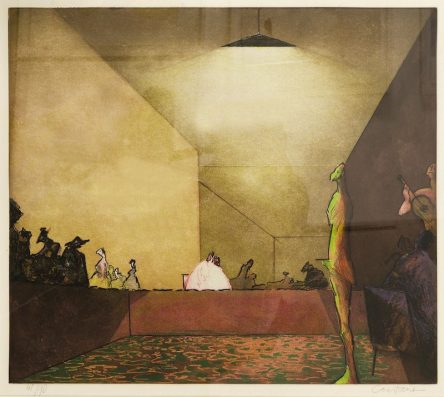
aquatint, etching
1980
64 x 70 cm
Edition 70
Price on request
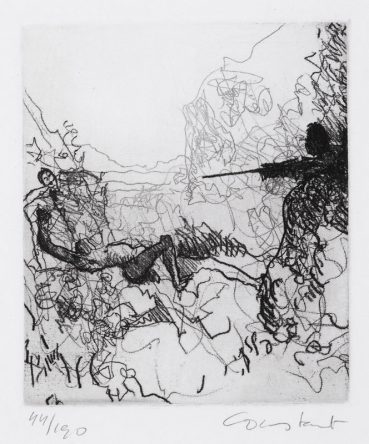
etching
1982
14 x 12 cm
Edition 190
Price on request
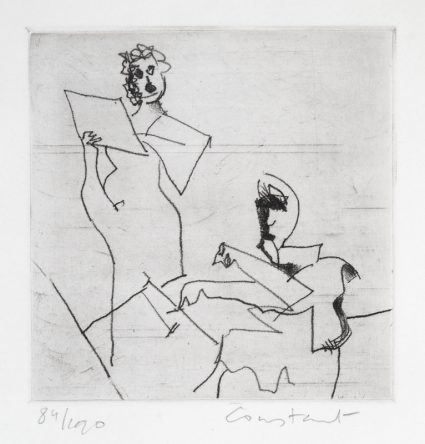
etching
1982
13 x 14 cm
Edition 190
Price on request
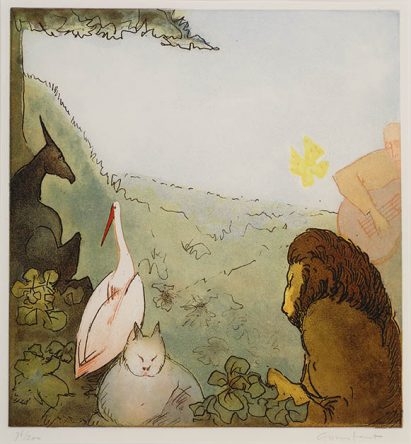
etching
1982
41 x 39 cm
Edition 200
Price on request
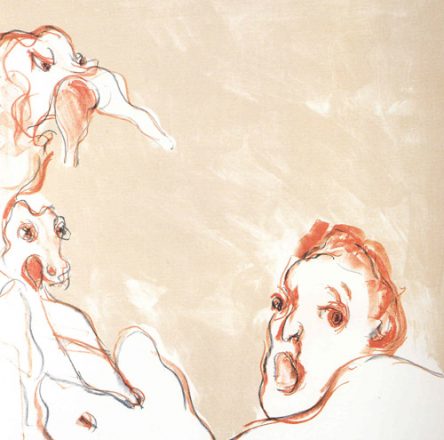
lithograph
1988
50 x 50 cm
Edition 150
Price on request
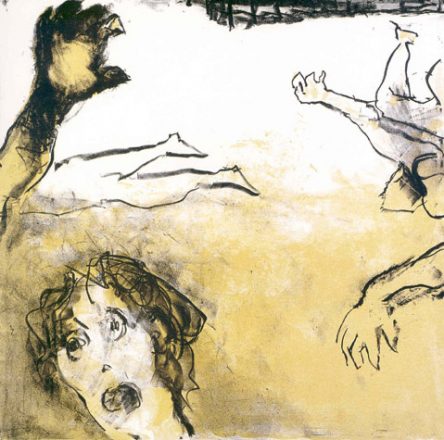
lithograph
1988
44 x 44 cm
Edition 50
Price on request

aquatint, etching
1990
20 x 15 cm
Edition 15
Price on request
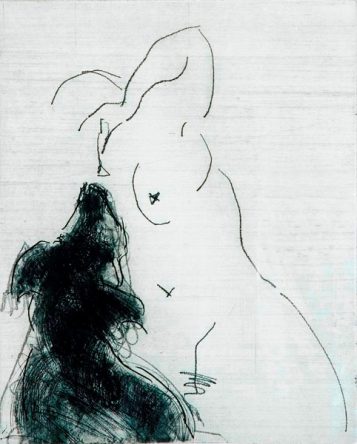
etching
1990
24 x 20 cm
Edition 20
Price on request
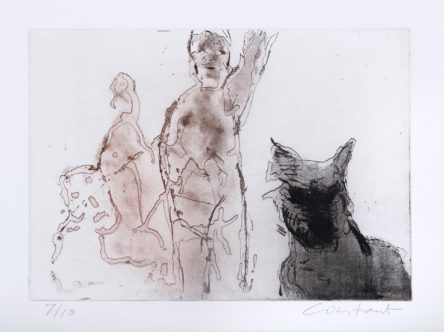
aquatint, etching
1991
15 x 20 cm
Edition 10
Price on request
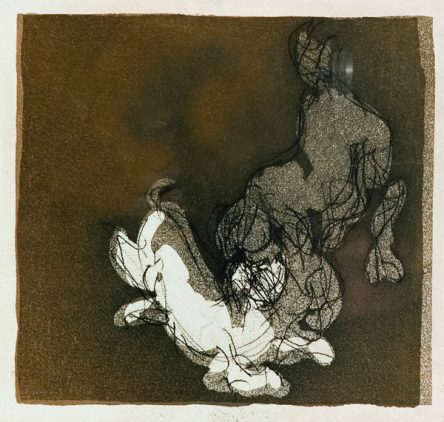
aquatint
1991
20 x 21 cm
Edition 99
Price on request
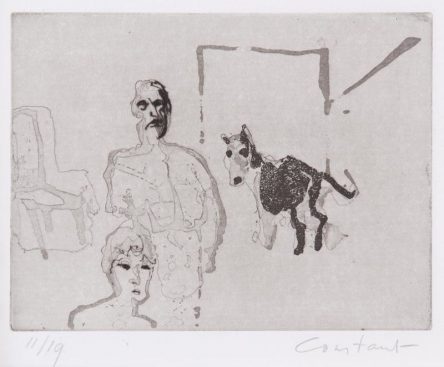
aquatint, etching
1992
13 x 17 cm
Edition 19
Price on request
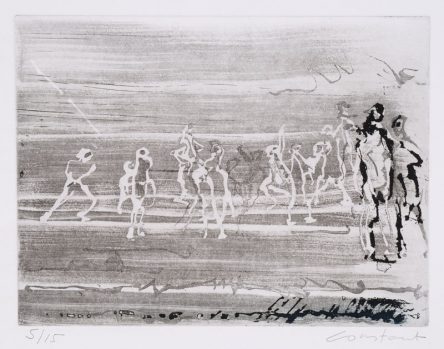
aquatint, etching
1992
18 x 28 cm
Edition 15
Price on request